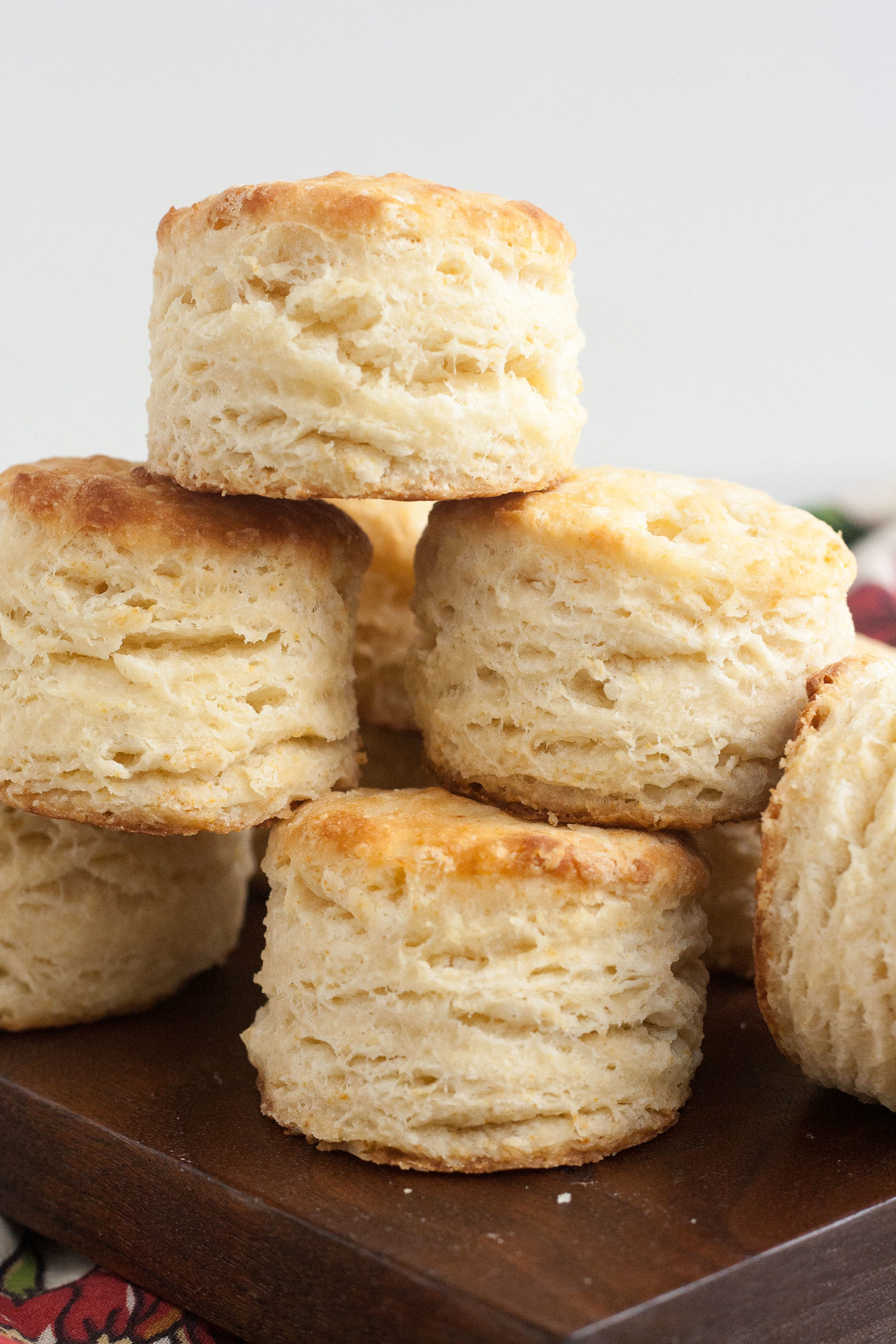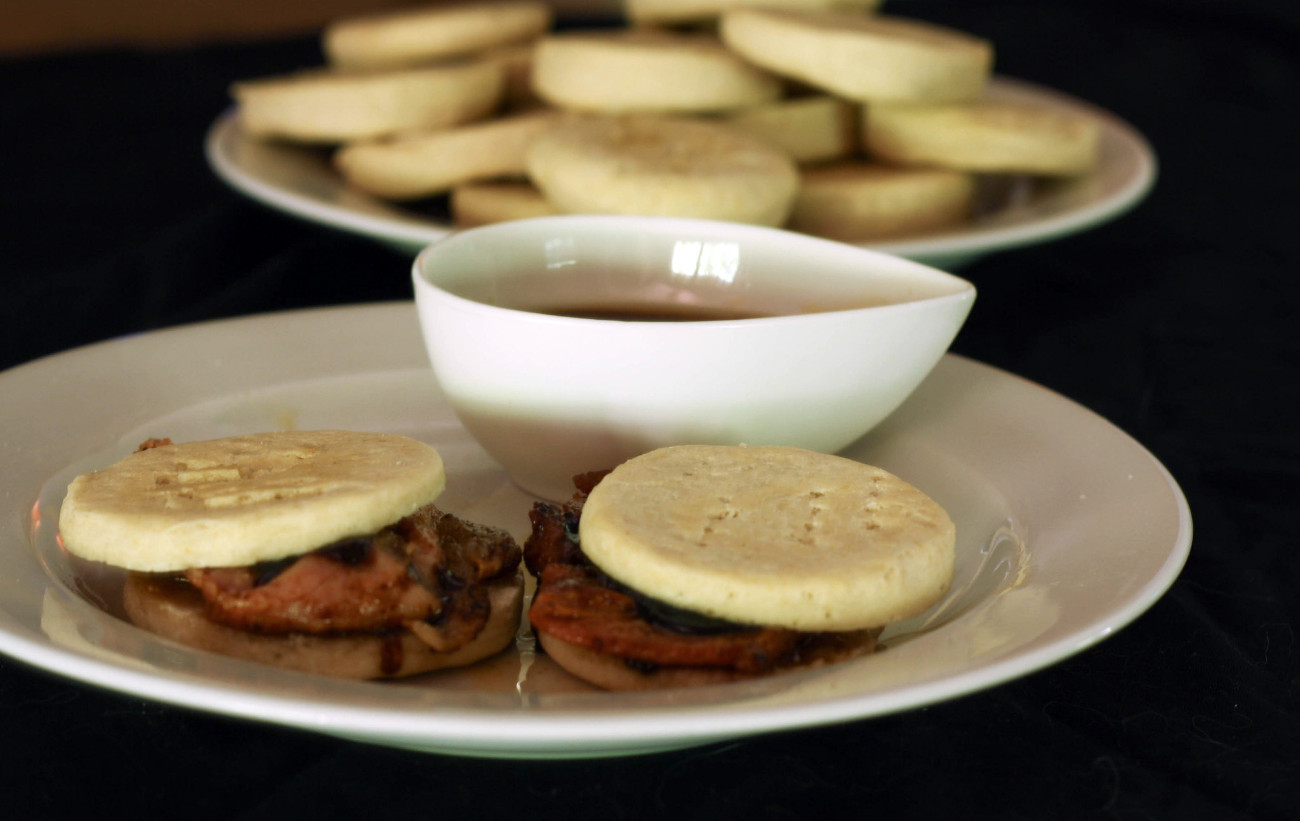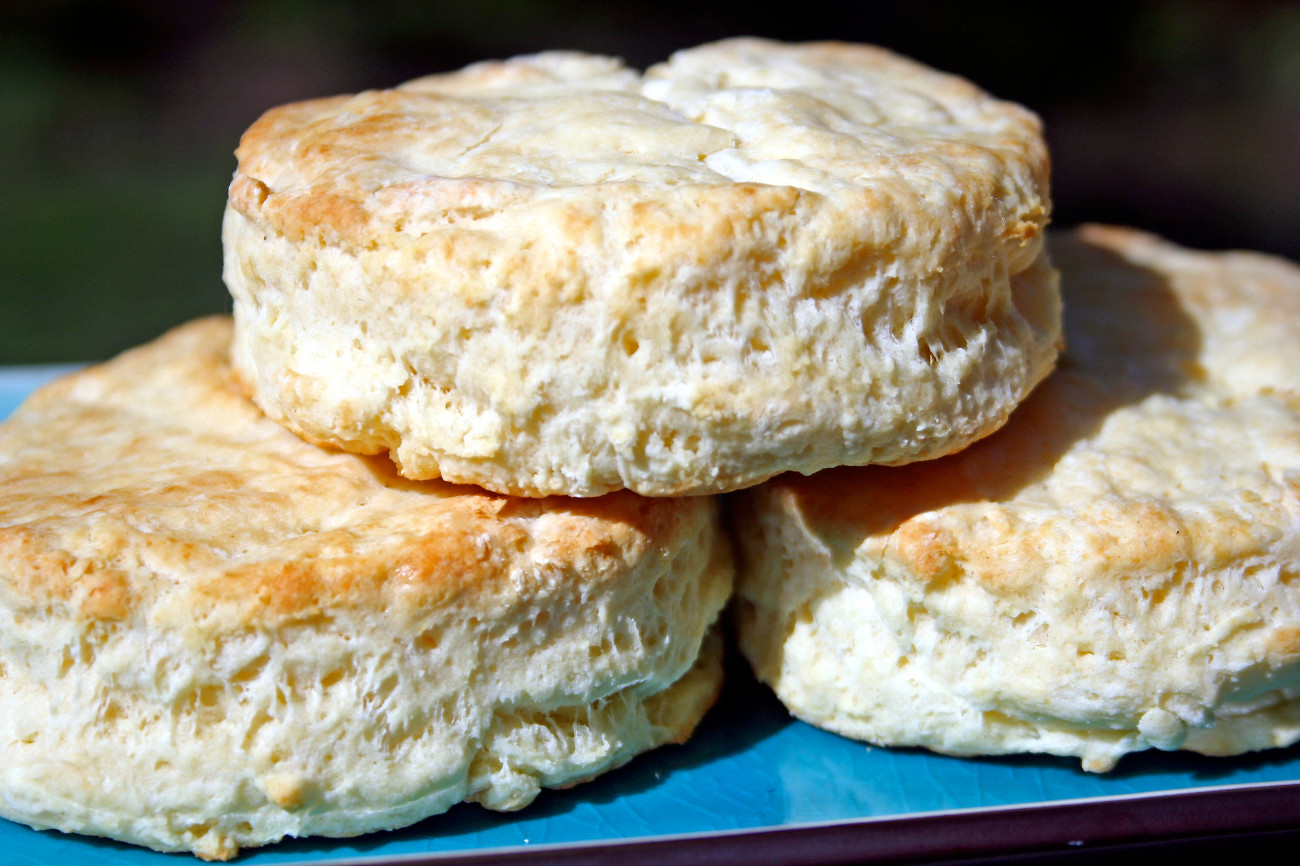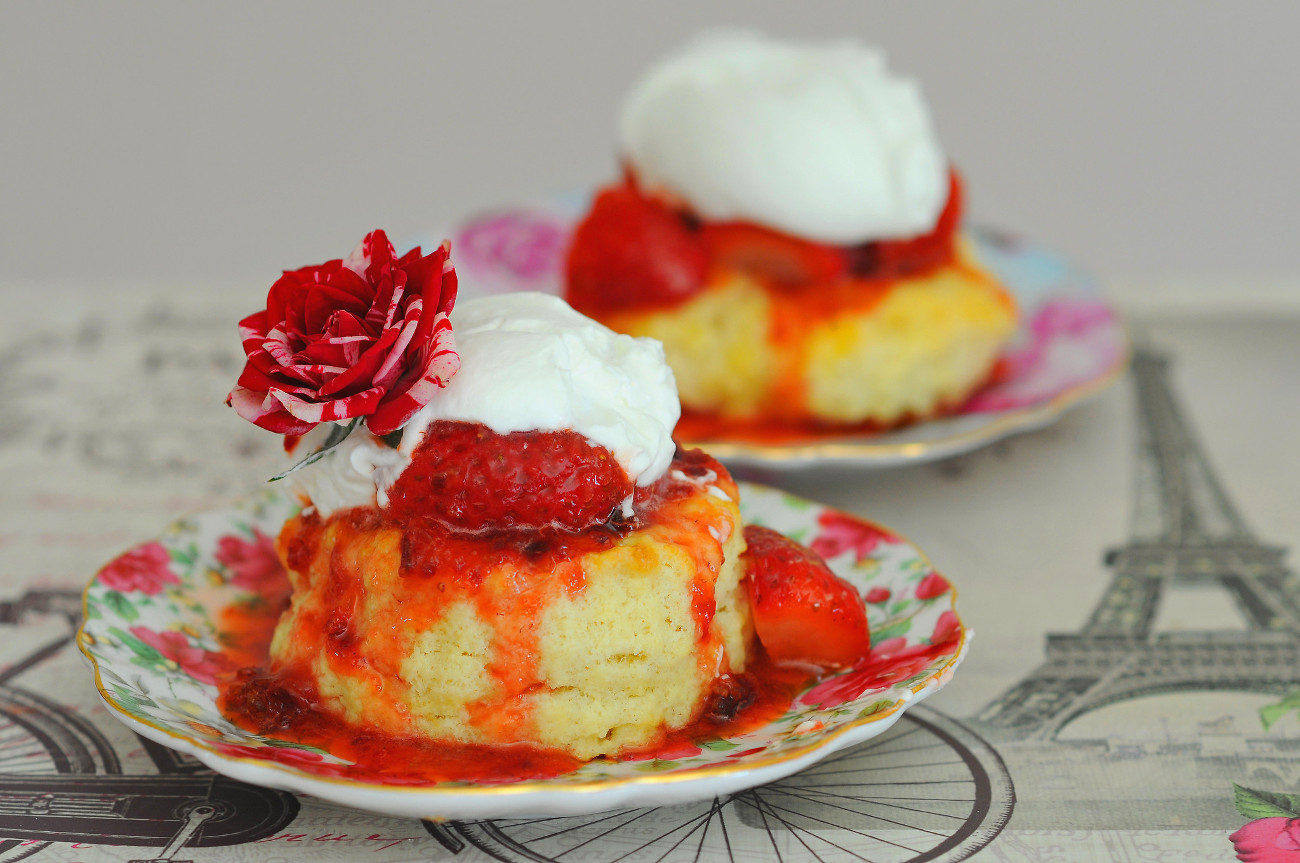Think of biscuits, and the flaky biscuits from a can are the quintessential Sunday dinner biscuit, but that’s just one version. In fact, there are more types of biscuits and each variety has a different taste and texture. You don’t use the same biscuit recipe because, just like a good outfit accessory, the right biscuit accentuates and pairs perfectly with your meal, below is a comprehensive list of various biscuits and what to partner them with.
Rolled Biscuits

As I’ve mentioned before, rolled biscuits are those classic biscuits that everyone tries to mimic with mixes or premade shortcuts which is never bad, it just goes to show the popularity of rolled biscuits. To make this version from scratch, the dough is formed, shaped, and gently rolled, the result? Biscuits that are crispy on the outside and tender on the inside, these biscuits can be pulled apart layer-by-layer. Rolled biscuits are perfect with savory dishes like meats, chickens, and roasts, essentially these are the ultimate biscuits for stacking meats and sides to make the best bite of flavor. Use these biscuits to utilize last night’s dinner into today’s perfect sandwich.
Beaten Biscuits

Beaten biscuits have a history connected to both sea and land. On the ocean beaten biscuits without shortening were called hard tack and meant for travelers who needed biscuits to survive their rough journeys. While they are known to be hearty rough-and-tumble biscuits, once you add shortening to this dough, beaten biscuits lose their sealegs. In the South, beaten biscuits are considered the holiday biscuit to make because the labor involved in forming the dough can only done on special occasions. Unlike rolled biscuits which you never want to overwork, beaten biscuits are literally beaten, generally with a rolling pin. Continually hitting the dough for 5 to 30 minutes develops the gluten and makes for a hearty and resistant biscuit that can stand up to the elements and a hefty holiday spread. At sea, beaten biscuits were eaten alongside salt cod rations, but the best modern-day equivalent would be a sturdy fried and broiled white fish. South of the Mason Dixon Line, beaten biscuits were the quintessential biscuit to pair with holiday ham dinner as you could pile on the ham slices without the biscuit falling apart.
Drop Biscuits

When you’re in a rush do you really have time to make biscuits? With drop biscuits, you can have a made-from-scratch side in no time. Drop biscuits are your biscuits in a hurry, with no need for rolling, kneading, and no special equipment — just use a big spoon to drop the wet biscuit dough onto the lined baking sheet, and you’ll have biscuits in no time flat. Drop biscuit dough is so forgiving, that you can add both sweet and savory mix-ins without compromising the integrity of the batter. They are a perfect breakfast item, simply add roasted peppers and cheese to create a savory biscuit that pairs perfectly with eggs and sausage. If you want drop biscuits to be a sweeter morning treat, add nuts and fruit into the dough and top the baked drop biscuits with cinnamon sugar butter.
Angel Biscuits

Angel biscuits are as heavenly as their name implies, they get their fluffy texture from three different leaveners – baking powder, baking soda, and yeast. A crossbreed of a dinner roll and a steakhouse parker house roll, angel biscuits are perfect for both sweet and savory meals. For a seasonal dessert, pair the biscuits with fresh berries and cream, and if you want them to go with your lunch dinner, brush a savory herb butter on top of the biscuits. Because of the yeast and gluten development in angel biscuits, you can easily use them to make delicious breakfast sandwiches.
Cathead Biscuits

Cathead biscuits are a derivative of drop biscuits, but the unique ratios of ingredients and the cast iron skillet baking method make for a distinct texture that’s simply unparalleled. Both all-purpose and cake flour is used in the dry ingredients and shortening is used instead of butter to further lighten the biscuit’s crumb. Using a dry measuring cup to portion out the dough is key, these large scoops of biscuits make for tall, and well, cat-head sized biscuits, placing the biscuits close together prevents the dough from spreading. These biscuits are meant for soppy up soups, sauces, and stews.
Scones

Those scones from across the pond are actually considered a biscuit. Depending on the ratios, some scones can be cakier than other recipes, but that is determined by how many eggs you put in the dough, if you want it cakier you add more eggs and milk. Most people think scones have to be sweet, they can make a turn into the savory realm with herbs like dill or chives and have mix-ins like dry cheeses. These are great with a morning meal; they can be quick on-the-go meals with a smear of butter or cream cheese, or scones can transform into a full meal with bacon and eggs and a side salad.
Shortcakes

Shortcakes are biscuits that have the most sugar and get their lift from baking powder. True shortcakes have more of a biscuit texture than a cakey one, and you can adjust the sweetness of the shortcake biscuit to suit your taste without really compromising the texture. Classically these biscuits are accompanied by seasonal fruit and ample whipped cream, but you can be even more decadent by pairing them with a raspberry sauce and a scoop of creamy vanilla ice cream.
So if you have a hankering for biscuits or simply want to make the best companion for your meal, any of these biscuits will serve your meal time and your taste buds well!













